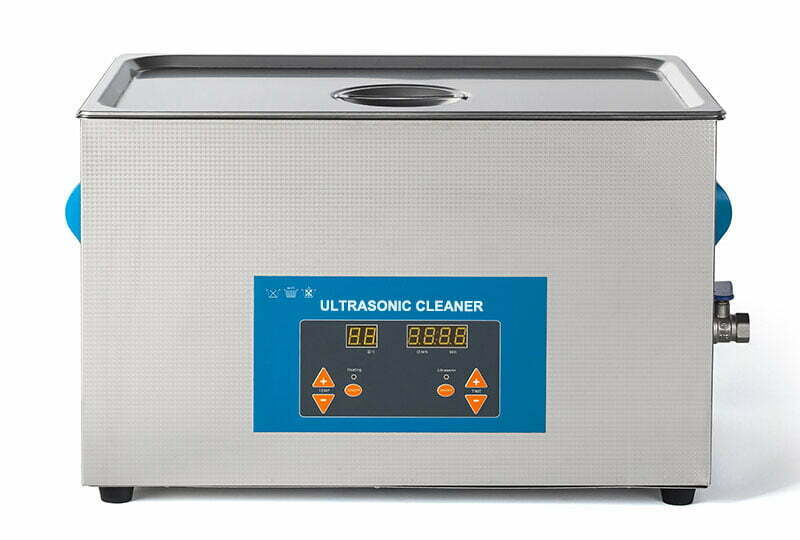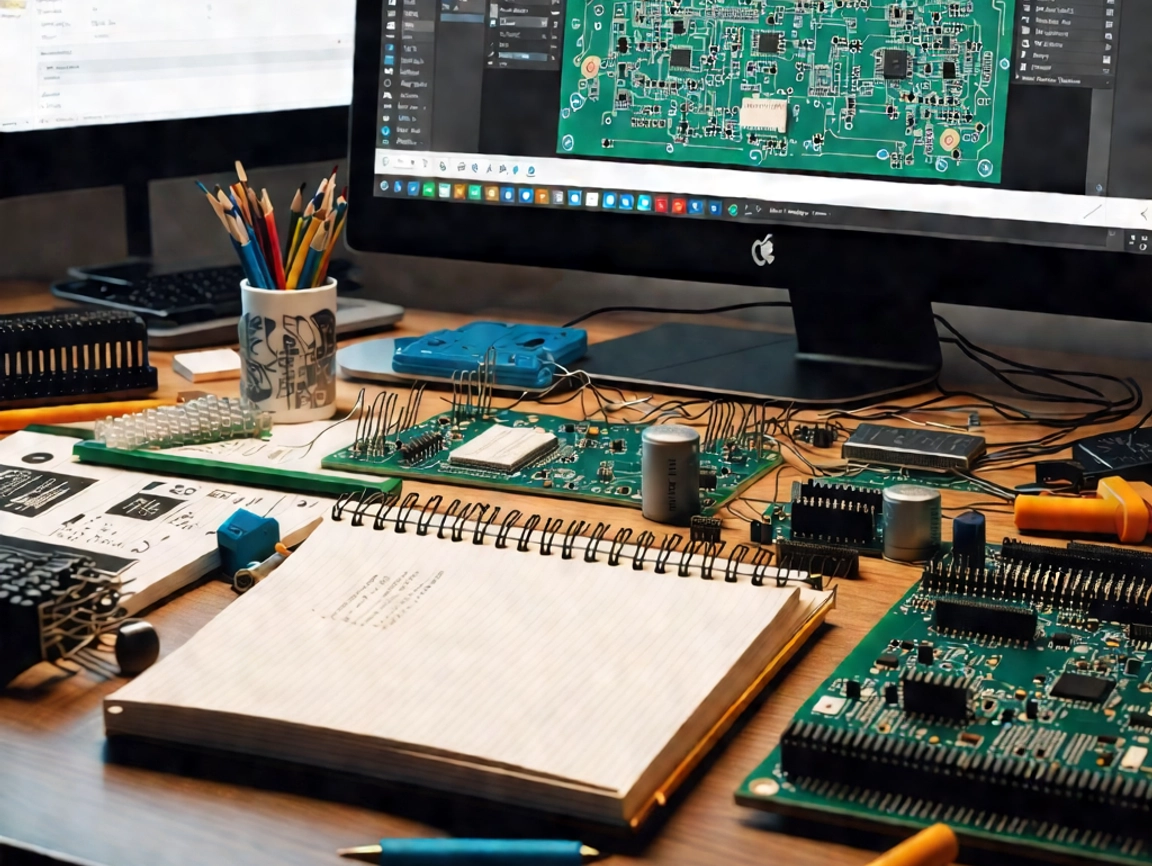Semiconductors, microchips, microprocessor and integrated circuits are essential components in modern electronics. While these terms are often used interchangeably, they have distinct differences. In this article, we will explore the definitions, functions, and differences between them.
What is a Semiconductor?
A semiconductor is a material that exhibits electrical conductivity between that of a conductor and an insulator. It is the foundation of modern electronics. Semiconductors are made of materials such as silicon, germanium, and gallium arsenide. These materials can be doped with impurities to modify their electrical properties.
When a voltage is applied to a semiconductor, it can conduct electricity. The conductivity can be controlled by adding impurities, creating either N-type or P-type semiconductors. In an N-type semiconductor, impurities with extra electrons (such as phosphorus) are added, while in a P-type semiconductor, impurities with fewer electrons (such as boron) are added.
Semiconductors are used in a wide range of electronic devices, from smartphones and computers to televisions and cars. They form the basis of integrated circuits and microchips.
What is a Microchip?
A microchip, also known as a computer chip or integrated circuit chip, is a small electronic device that contains thousands to billions of transistors, resistors, capacitors, and other components integrated onto a single semiconductor wafer or chip. These components are interconnected to form a circuit that performs specific functions.
Transistors are the building blocks of microchips and act as switches that control the flow of electrical current. They can be turned on or off, representing binary values of 0 and 1, which are the basis of digital computing.
Microchips are manufactured using a process called photolithography, where layers of materials are deposited and etched on the semiconductor wafer to create the desired circuit pattern. The size of transistors on a microchip has been shrinking over the years, allowing for increased performance and functionality in smaller packages.
Microchips are used in a wide range of applications, from computers and smartphones to medical devices and automotive systems. They are the brains behind many electronic devices, performing tasks such as data processing, memory storage, and control.
What is a Microprocessor?
A microprocessor refers to a small, integrated circuit that contains the central processing unit (CPU) of a computer or electronic device. It serves as the brain of the system, executing instructions and performing calculations. Microprocessors are commonly found in various devices, including computers, smartphones, digital cameras, and even household appliances like microwave ovens. They are designed to process data and control the functions of the device they are embedded in. For example, a microprocessor in a computer processes instructions to perform tasks like running software applications, browsing the internet, and handling multimedia tasks. The continuous advancements in microprocessor technology have significantly contributed to the development of faster, smaller, and more efficient electronic devices.
What is an Integrated Circuit?
An integrated circuit (IC) is a complete electronic circuit that is miniaturized and integrated onto a single chip. It combines various electronic components, such as transistors, resistors, capacitors, and diodes, into a compact package. The components are interconnected by conducting pathways etched onto the chip.
Integrated circuits can be classified into two main types: analog integrated circuits and digital integrated circuits. Analog integrated circuits are used to process continuous signals, such as audio and video, while digital integrated circuits are used to process discrete signals, such as binary data.
Analog integrated circuits are commonly used in amplifiers, filters, and signal processing applications. Digital integrated circuits, on the other hand, are used in digital logic circuits, microprocessors, and memory chips.
Integrated circuits have revolutionized the electronics industry by enabling the development of smaller, more powerful, and more efficient electronic devices. They have significantly reduced the size, cost, and power consumption of electronic systems.
Conclusion
Semiconductors, microchips, microprocessor and integrated circuits are integral components of modern electronics. While they are related, they have distinct differences in terms of their definitions, functions, and applications. Understanding the differences between them is crucial for comprehending the complexities of modern electronics and their applications in various industries.





